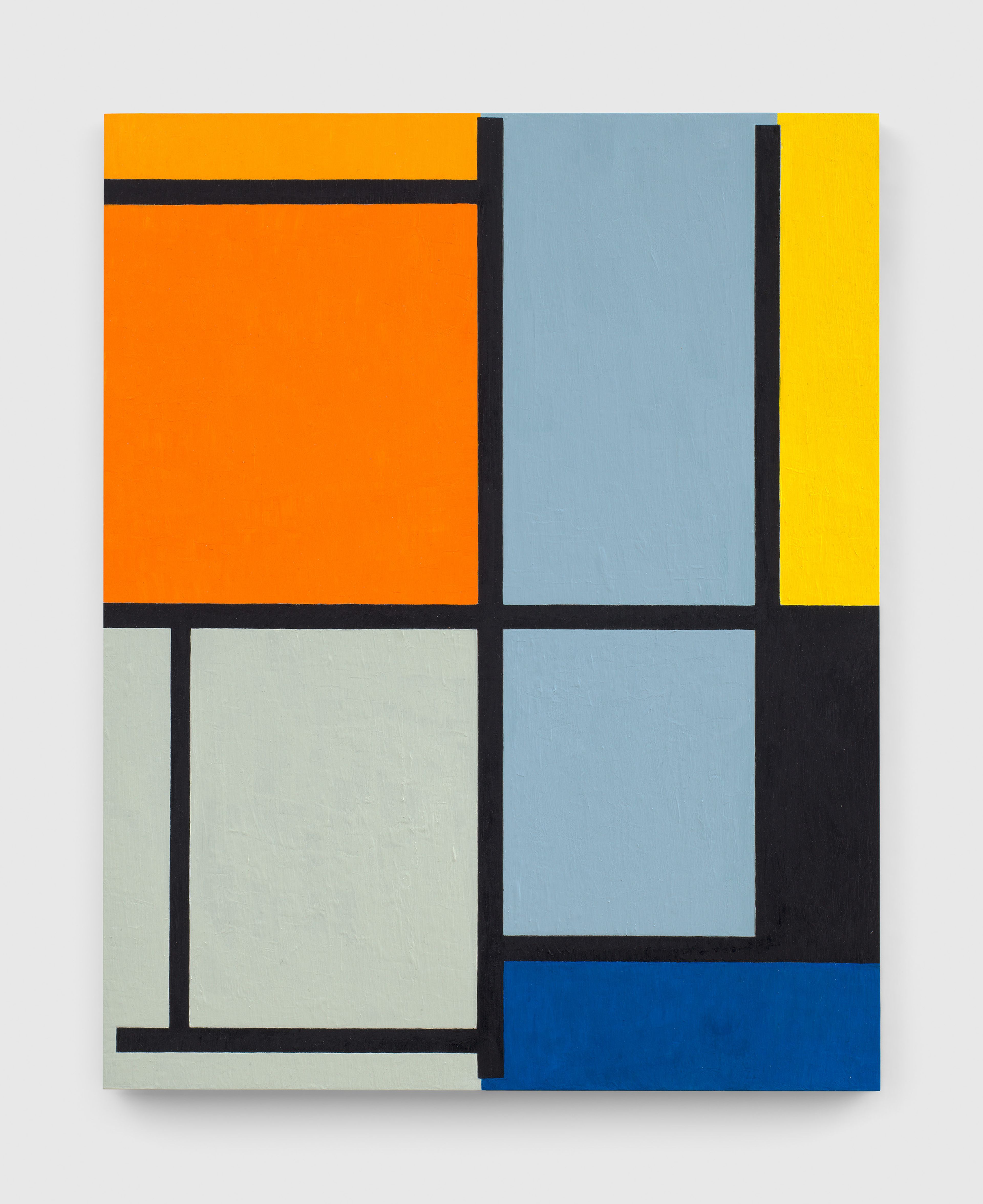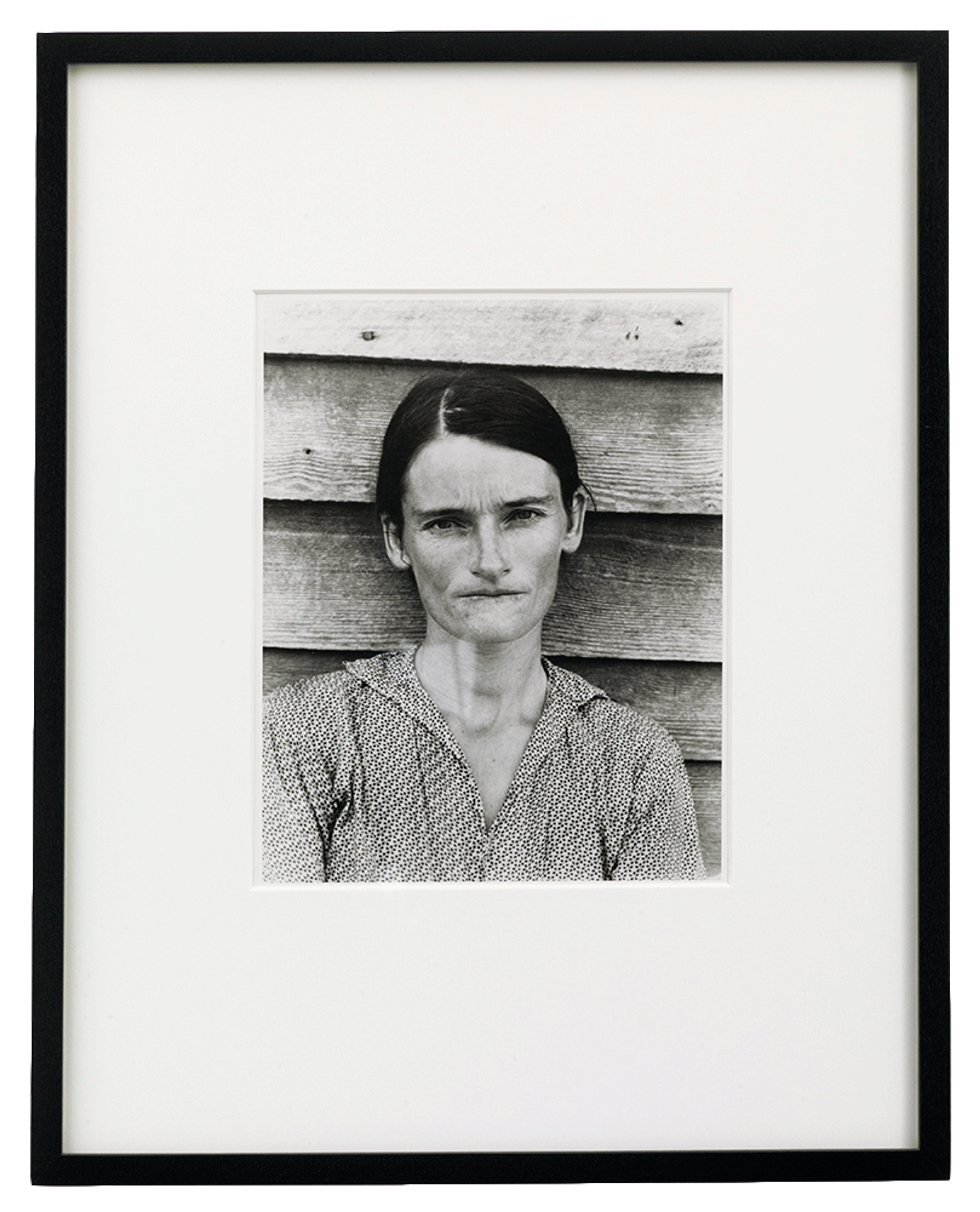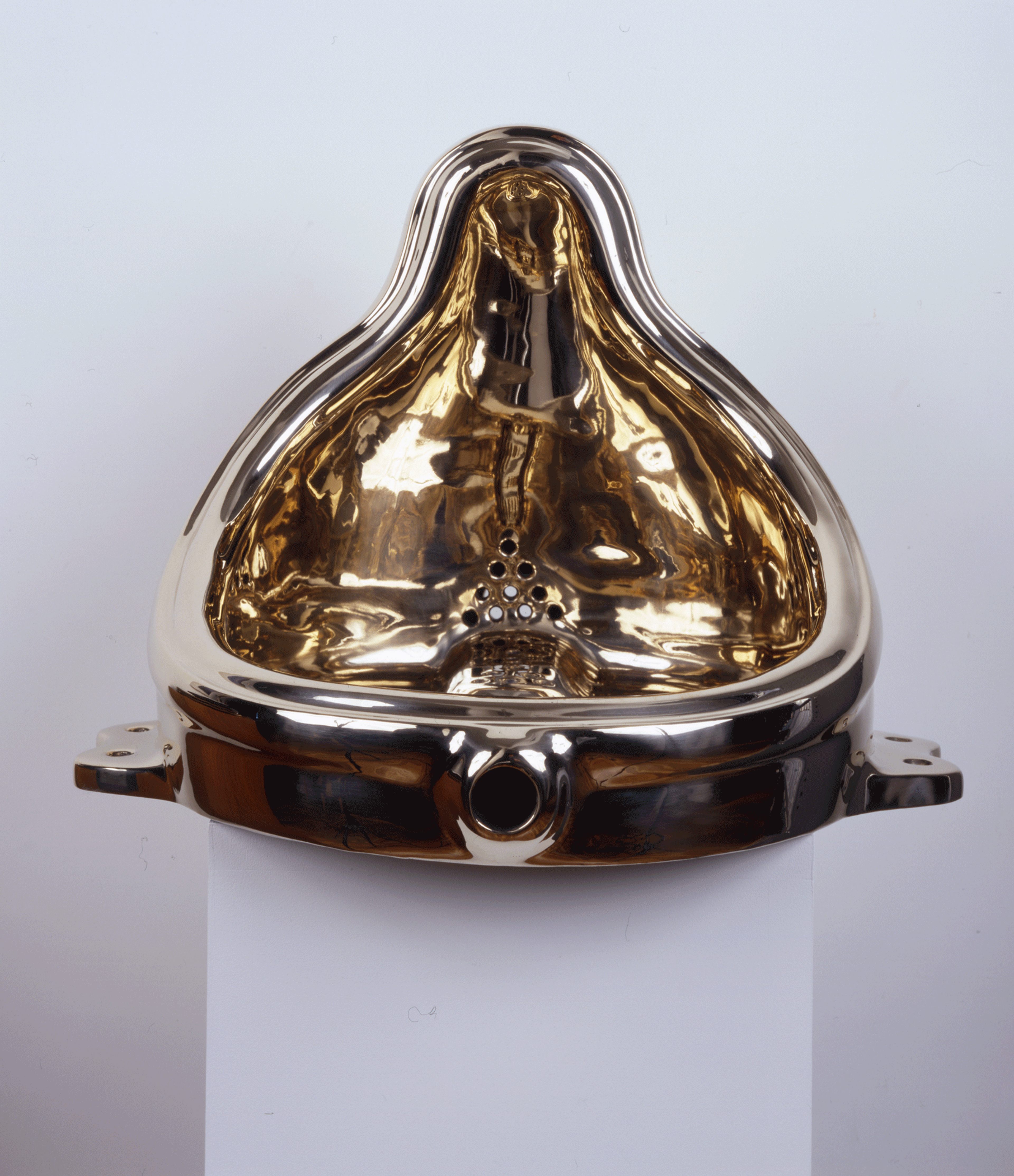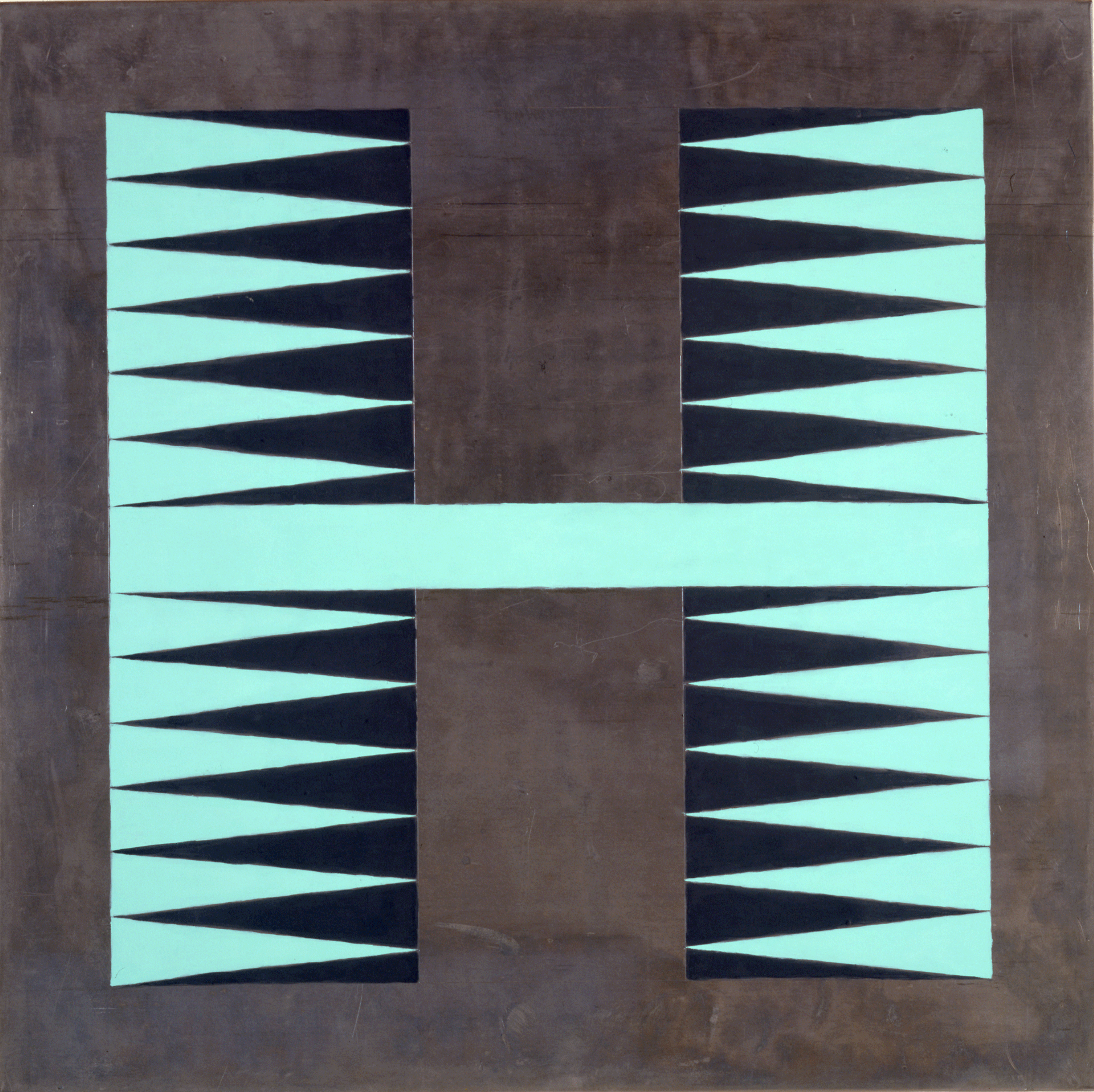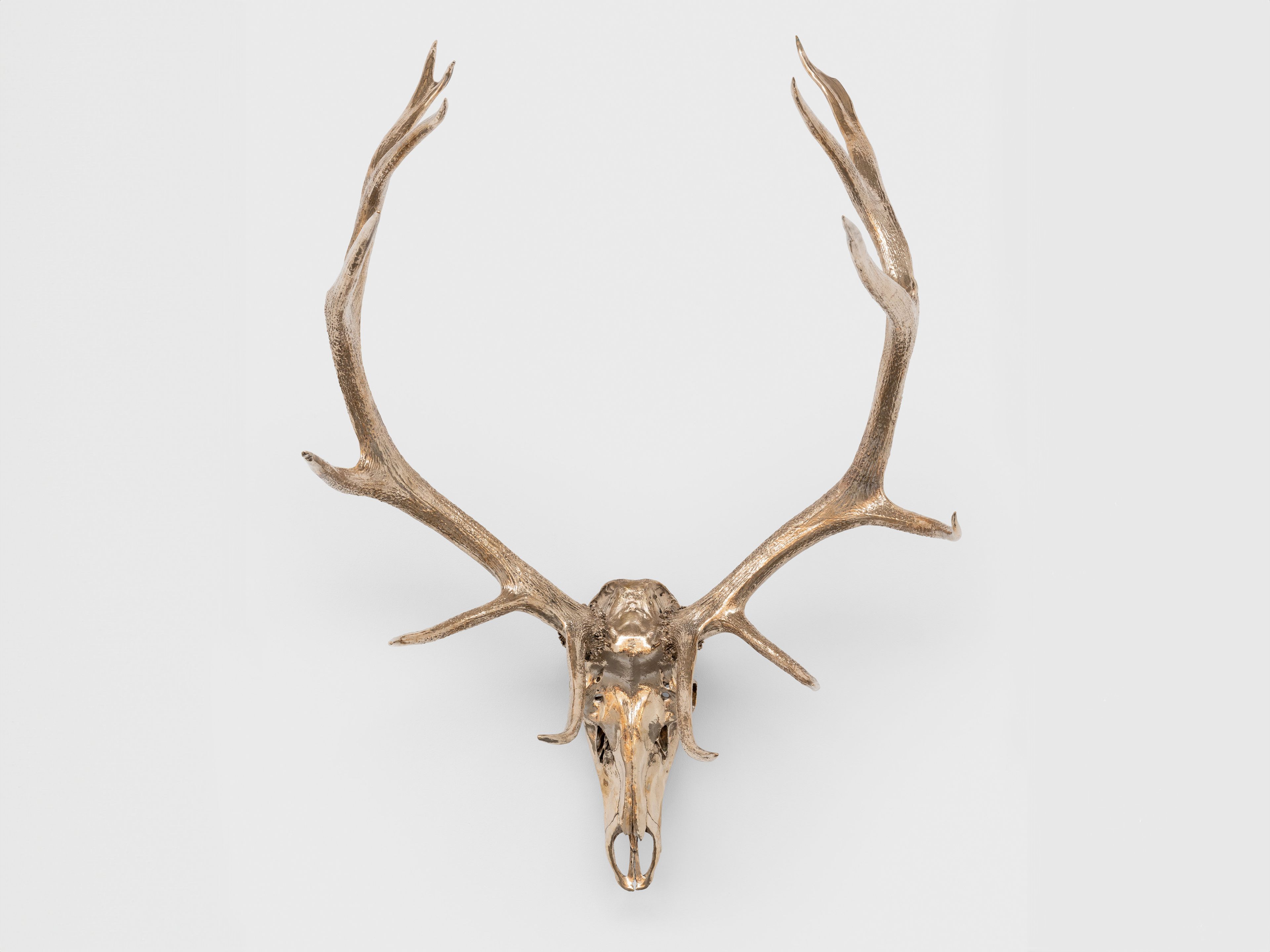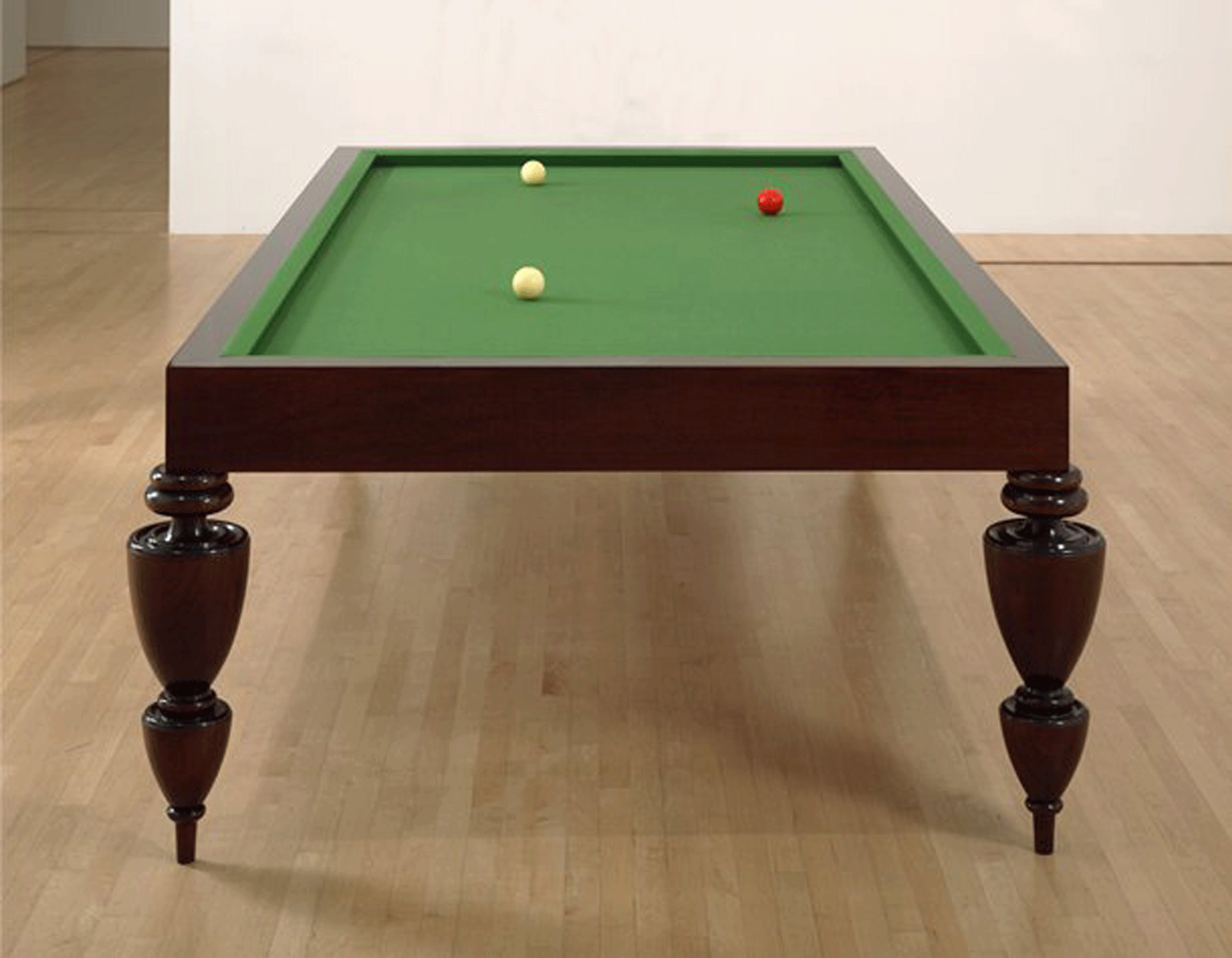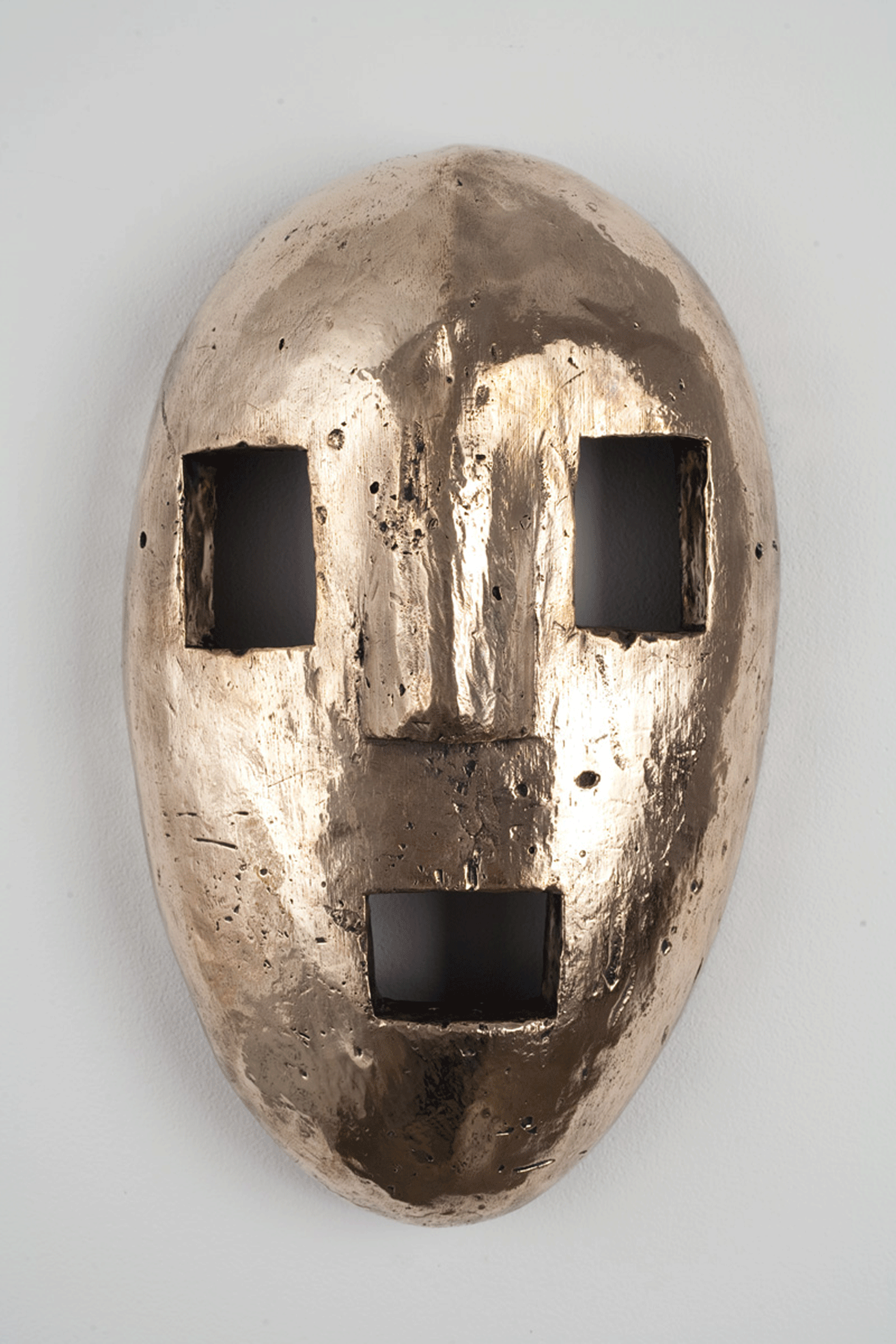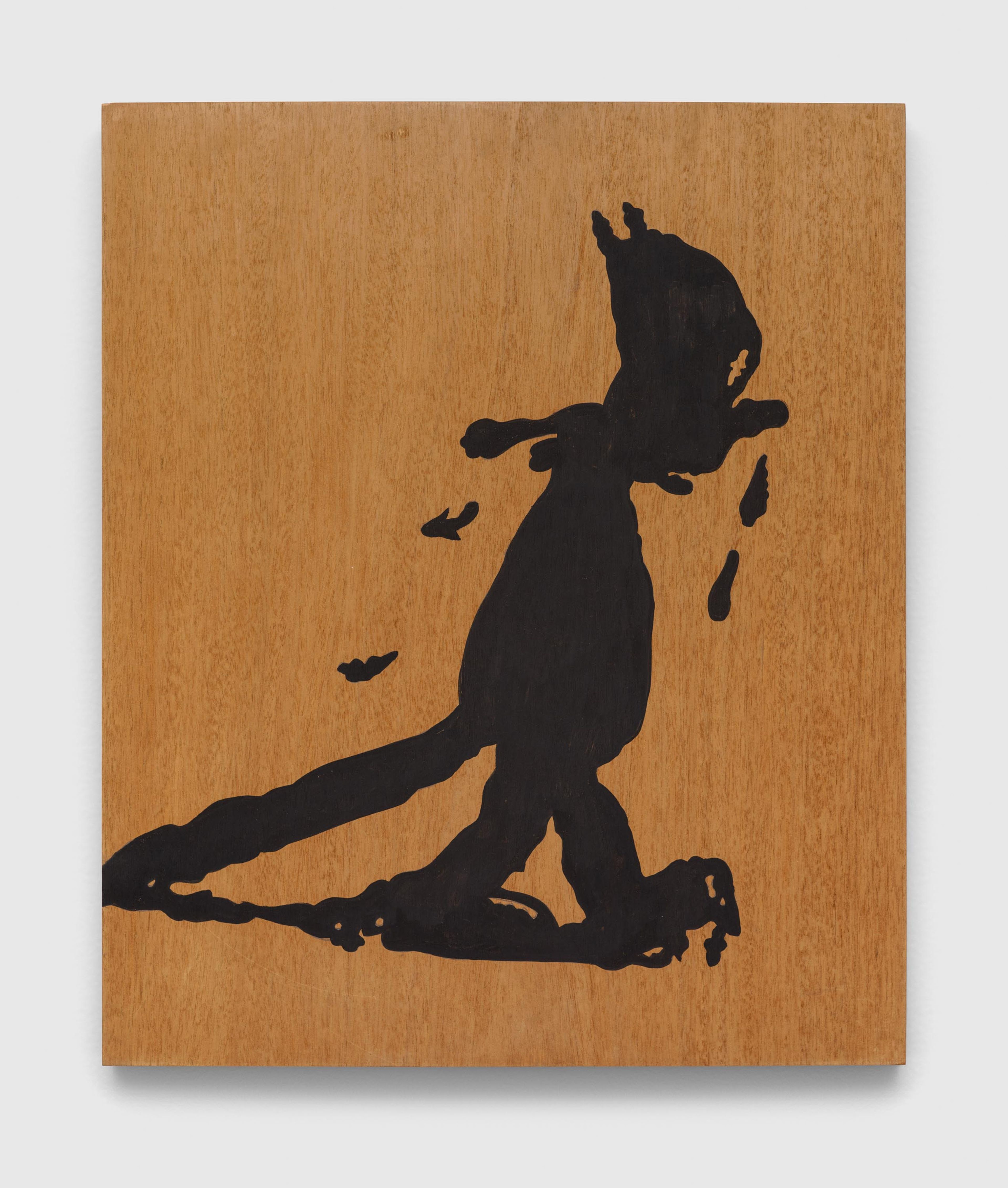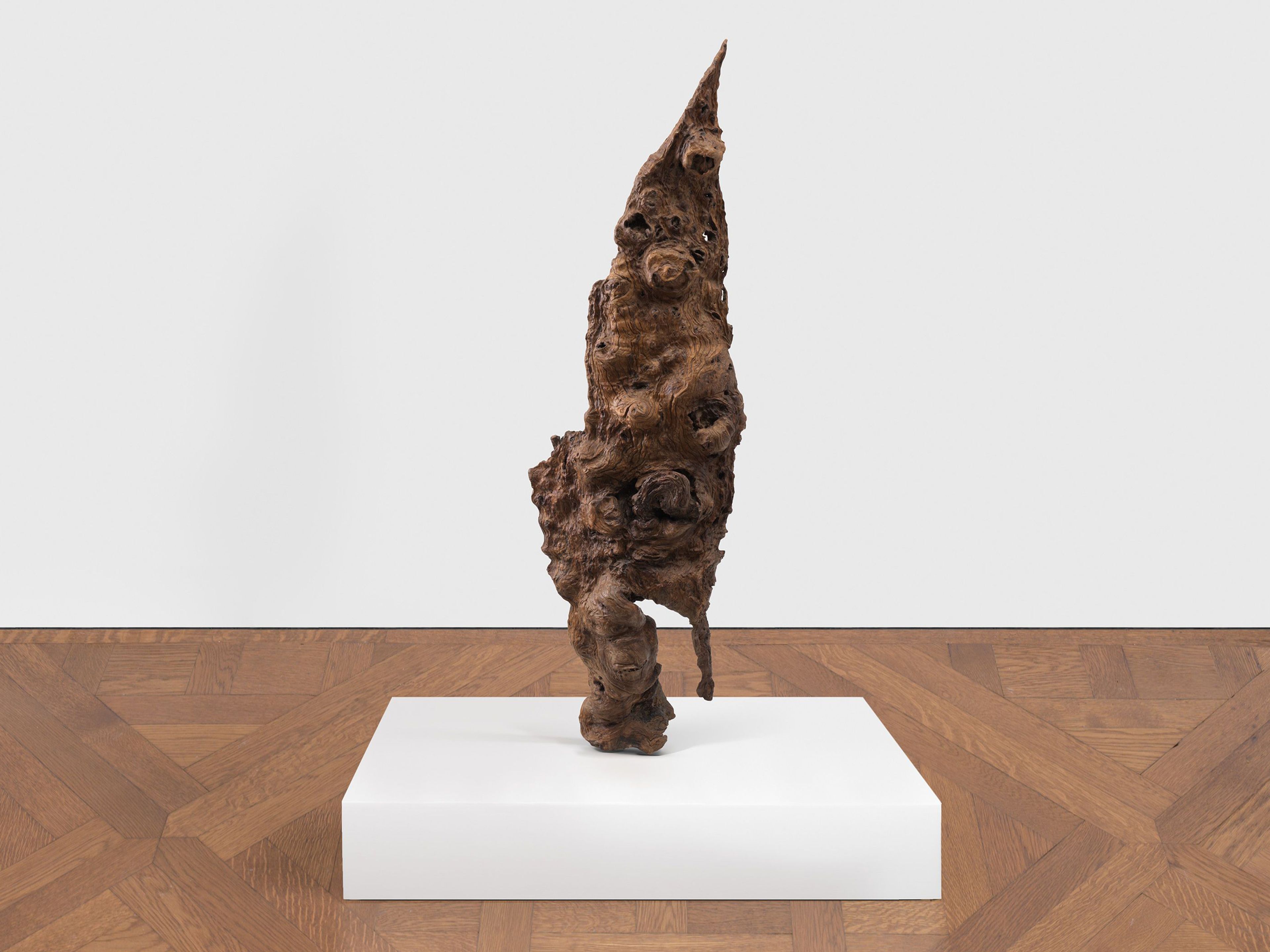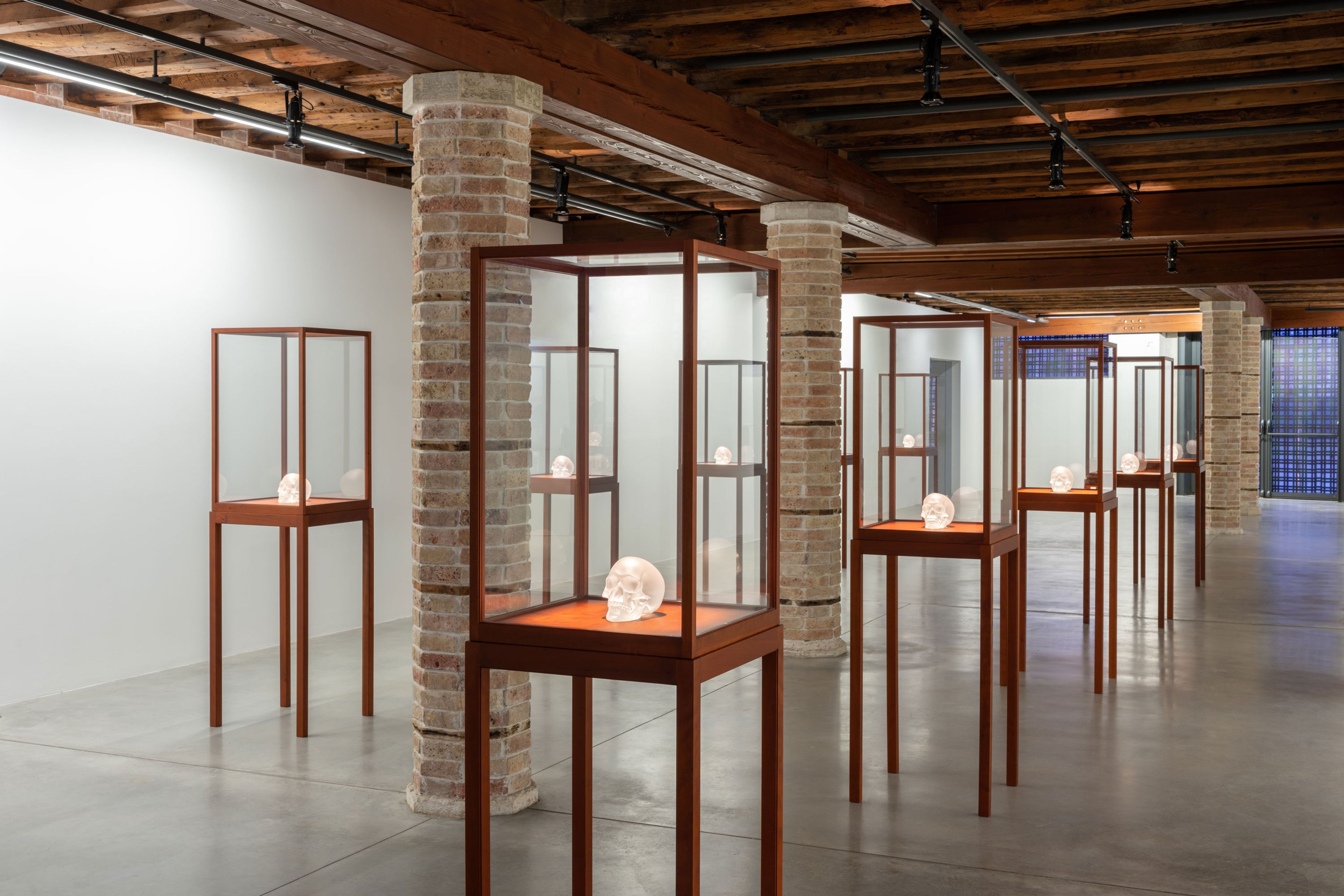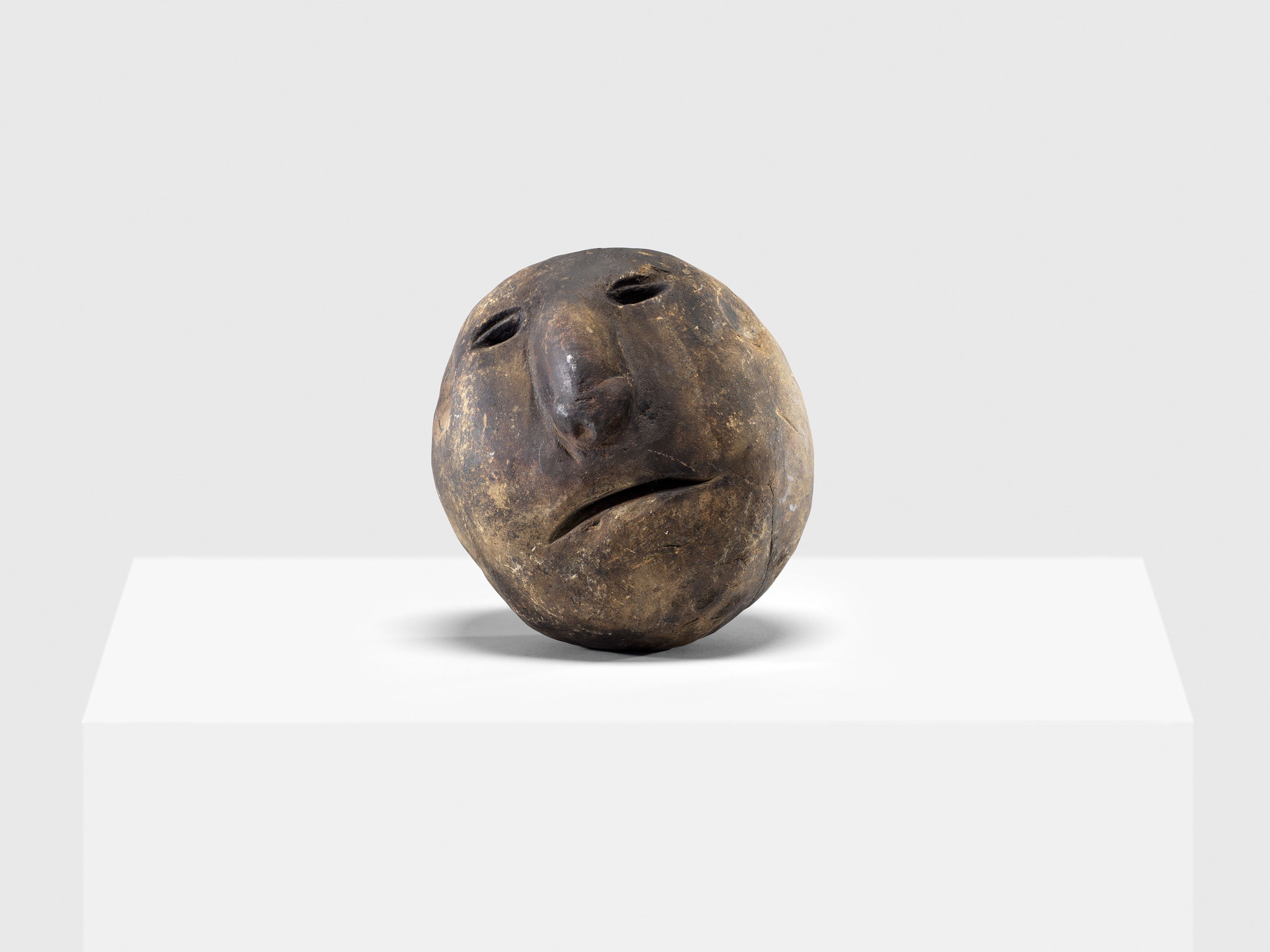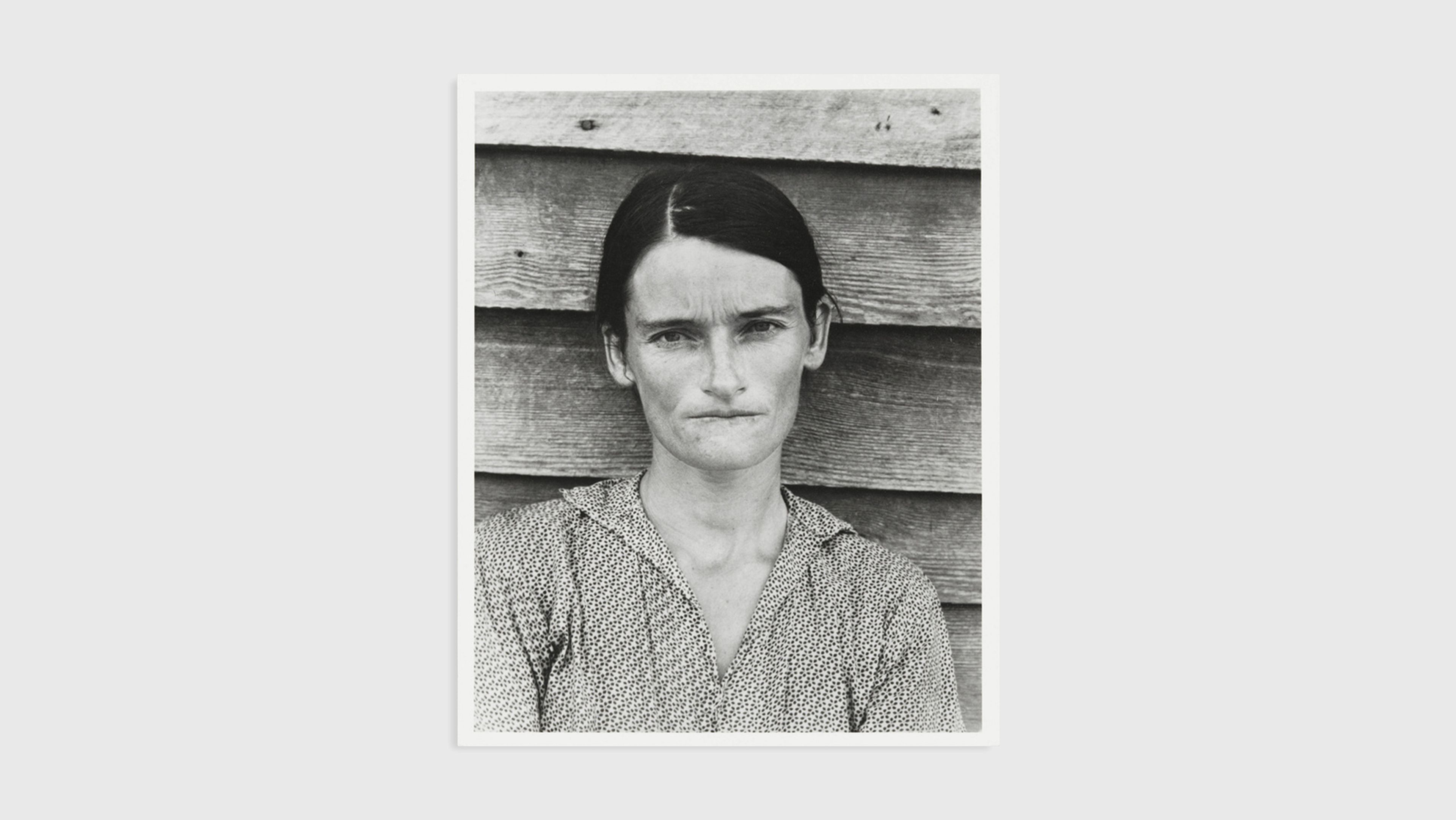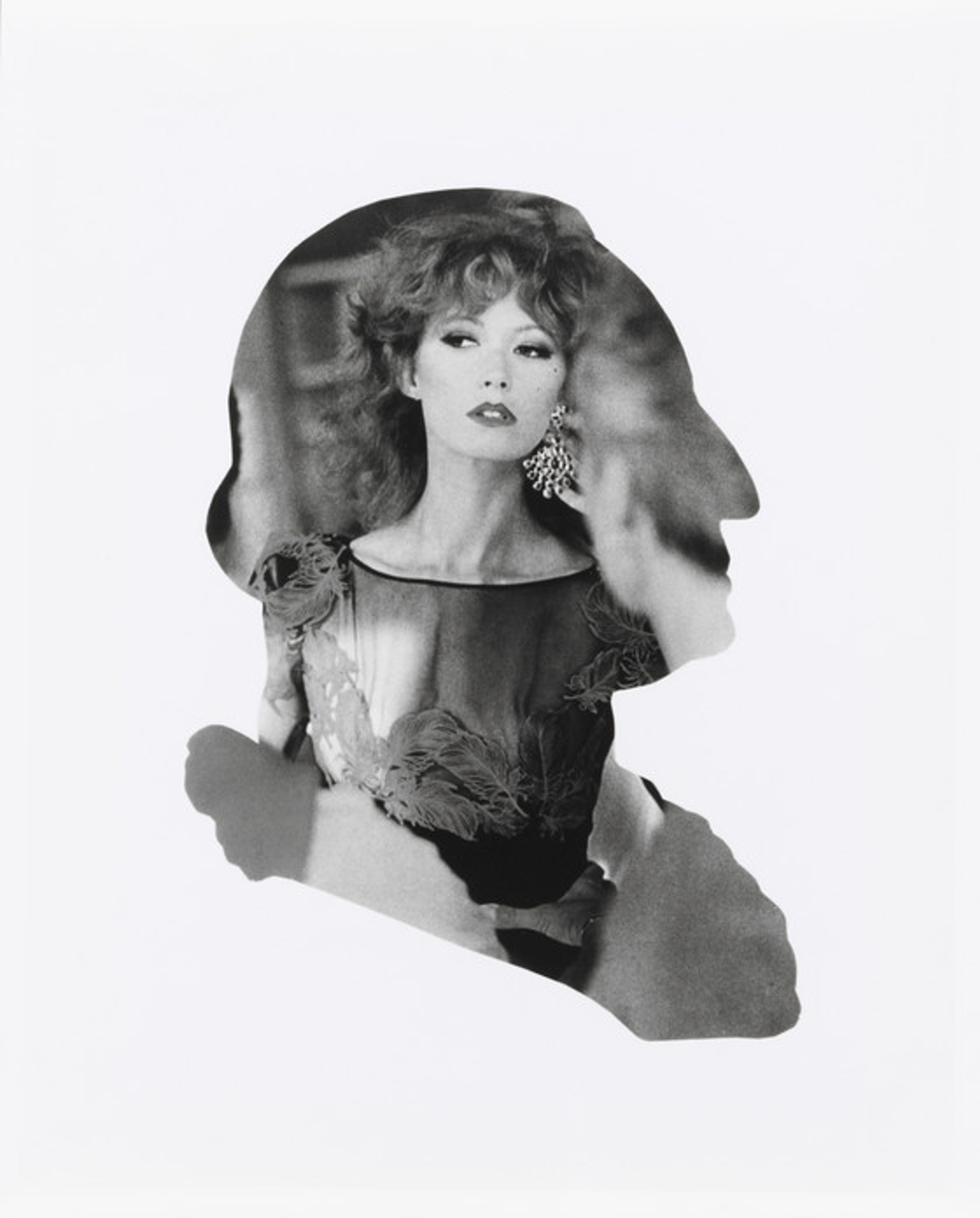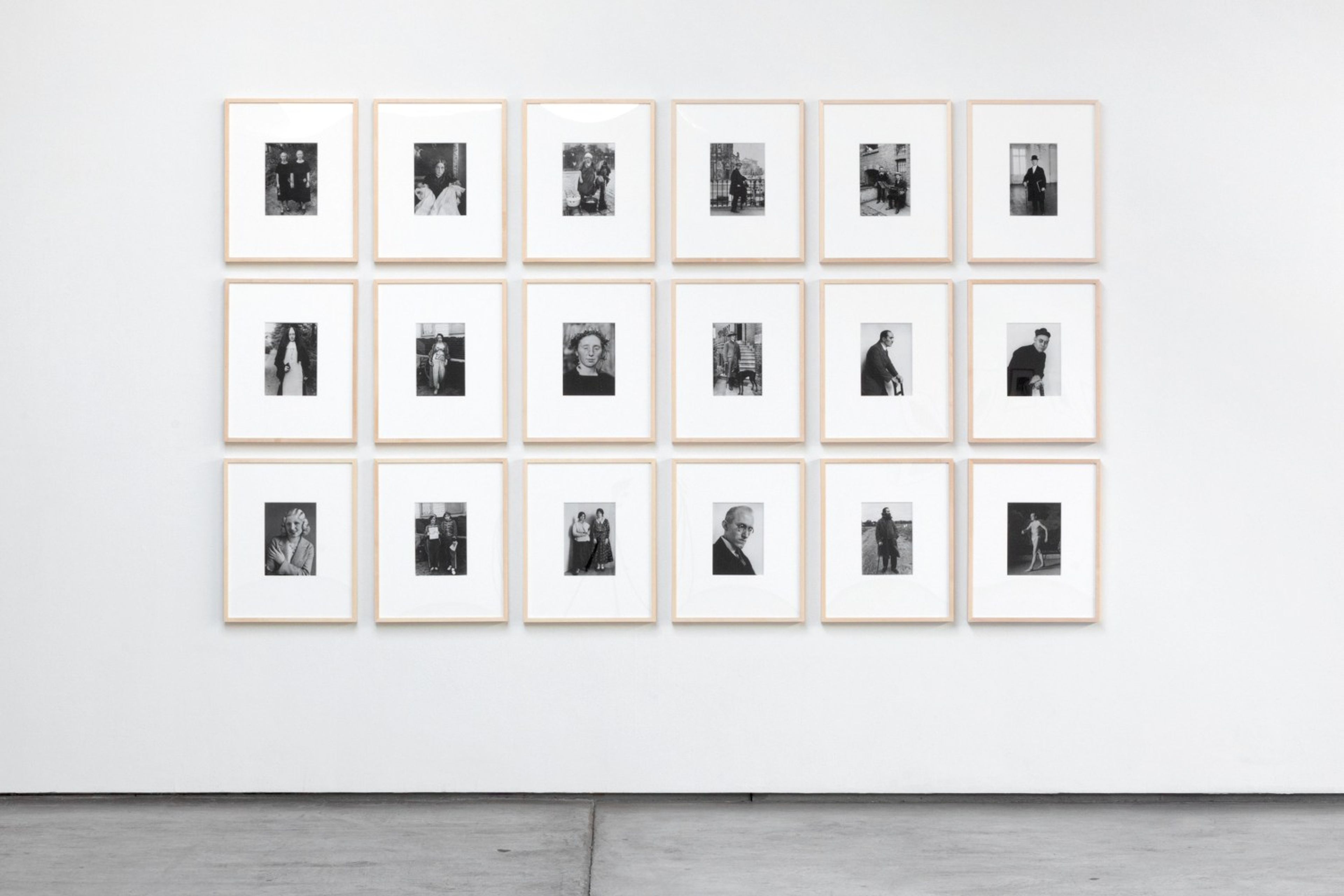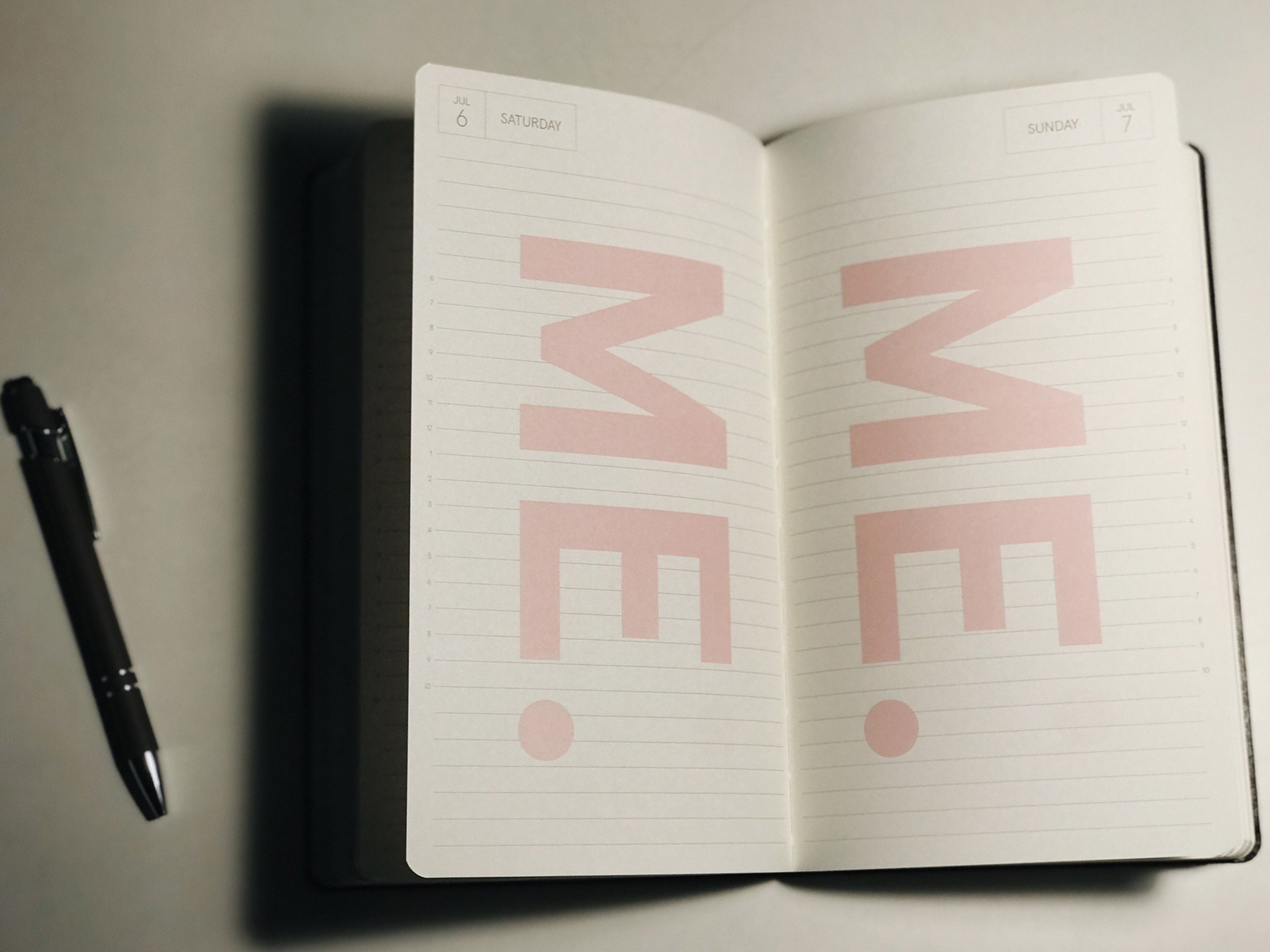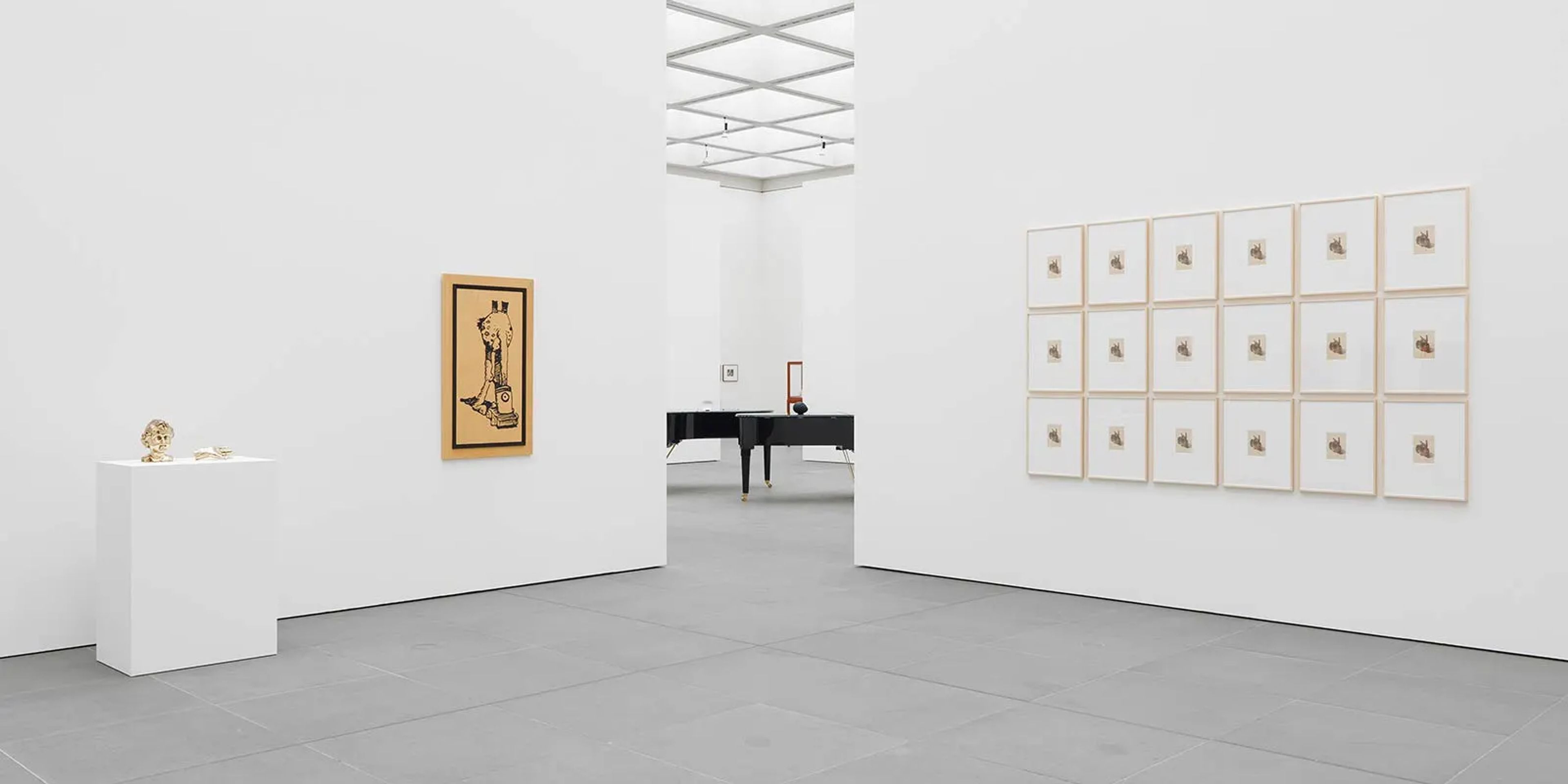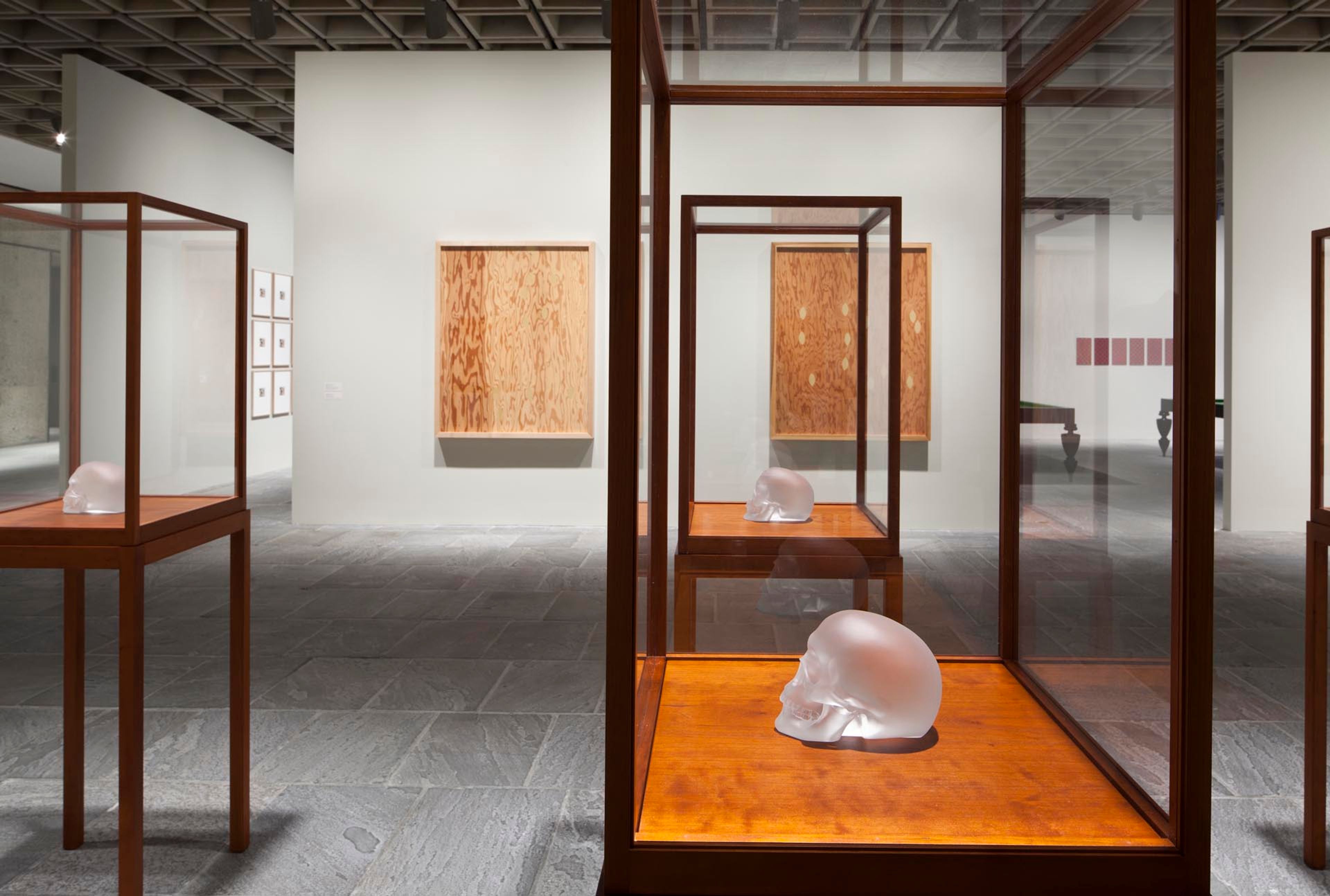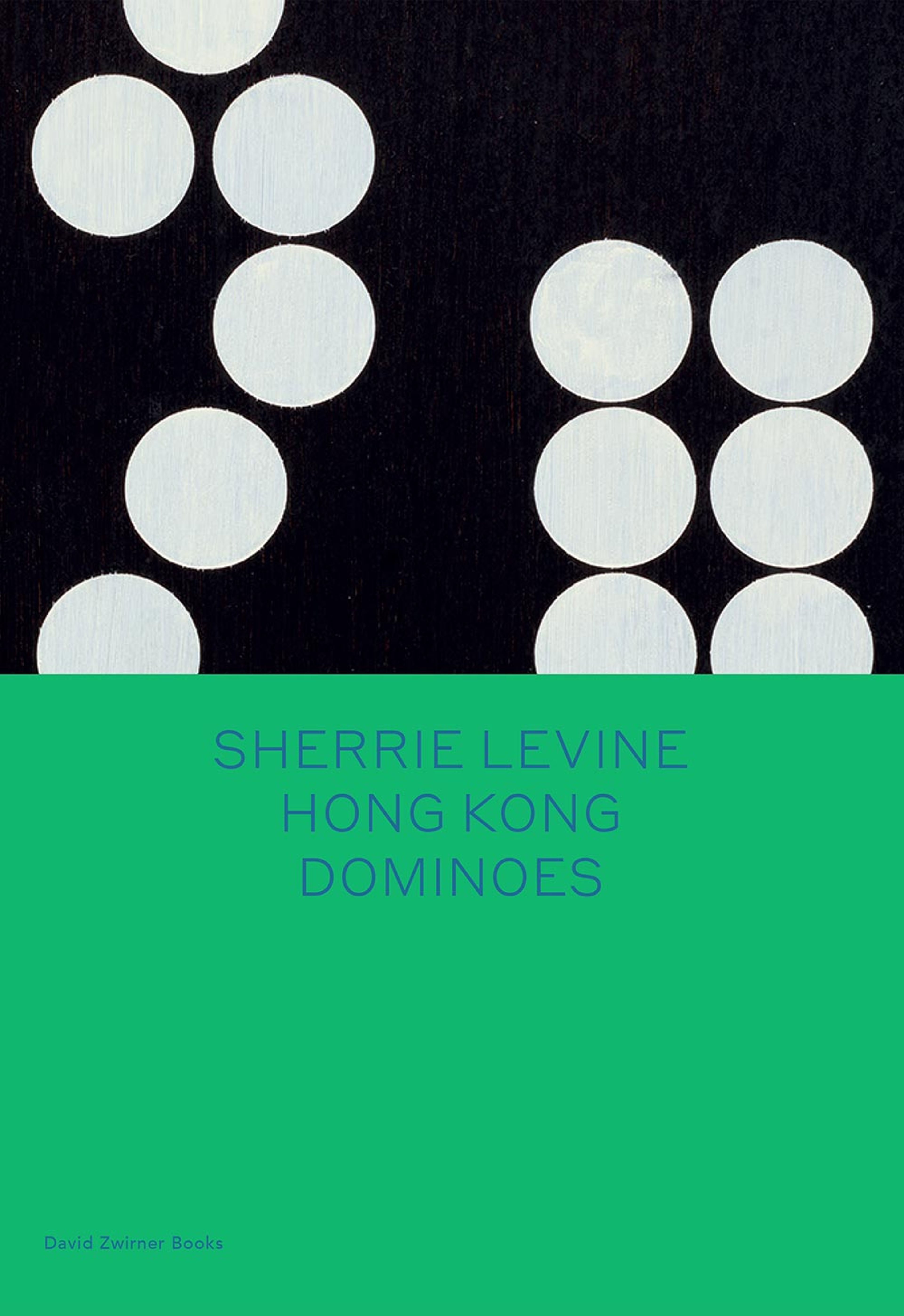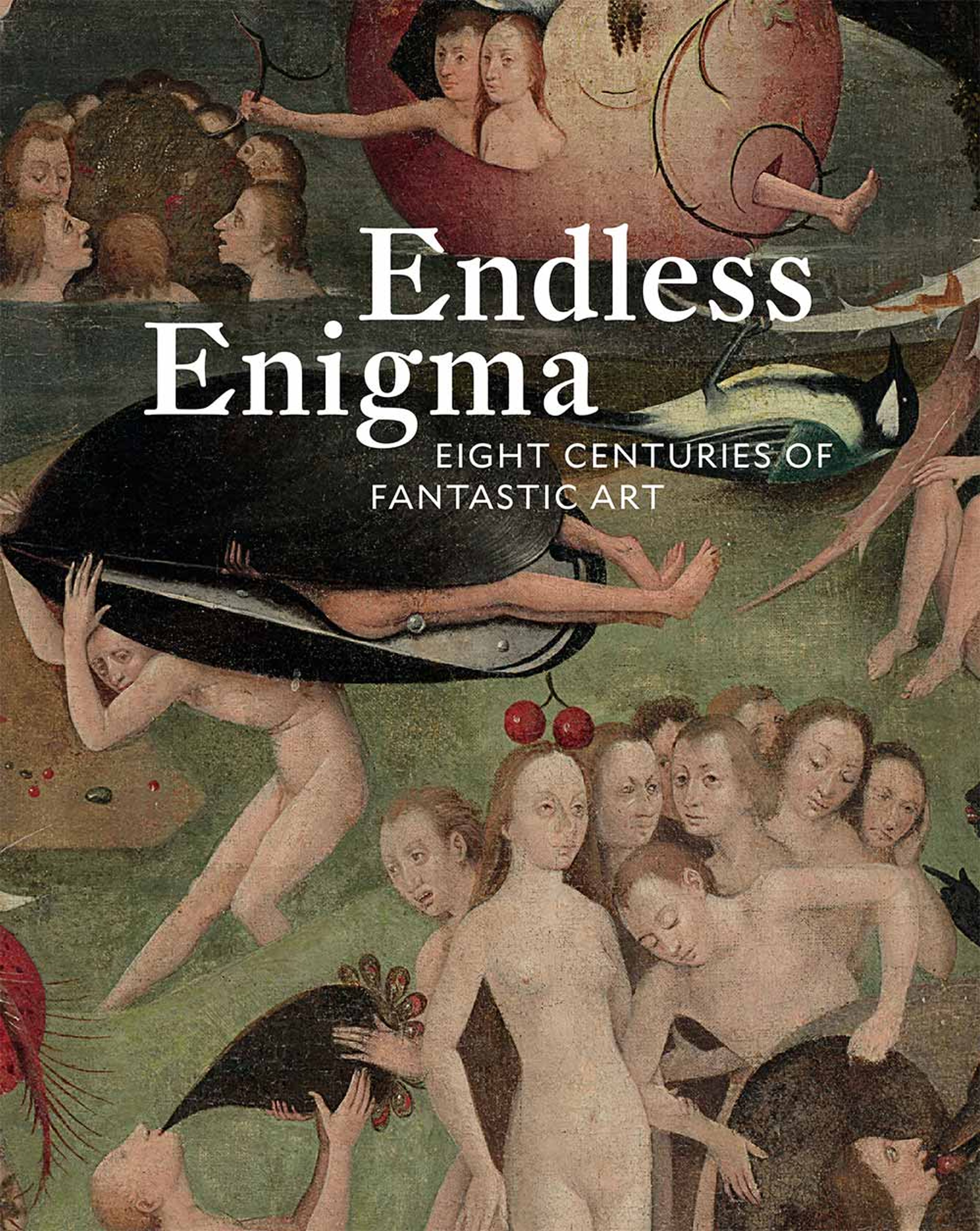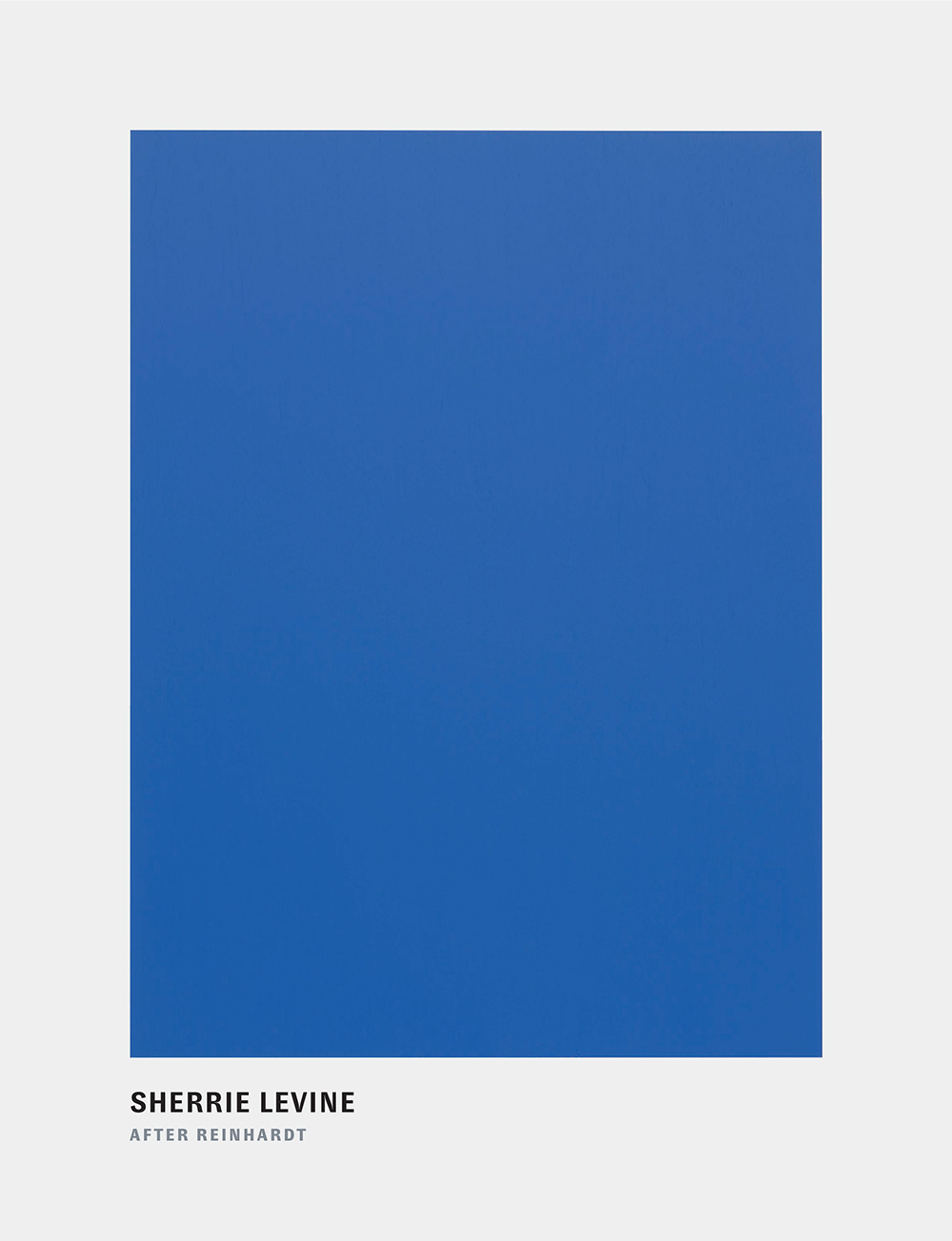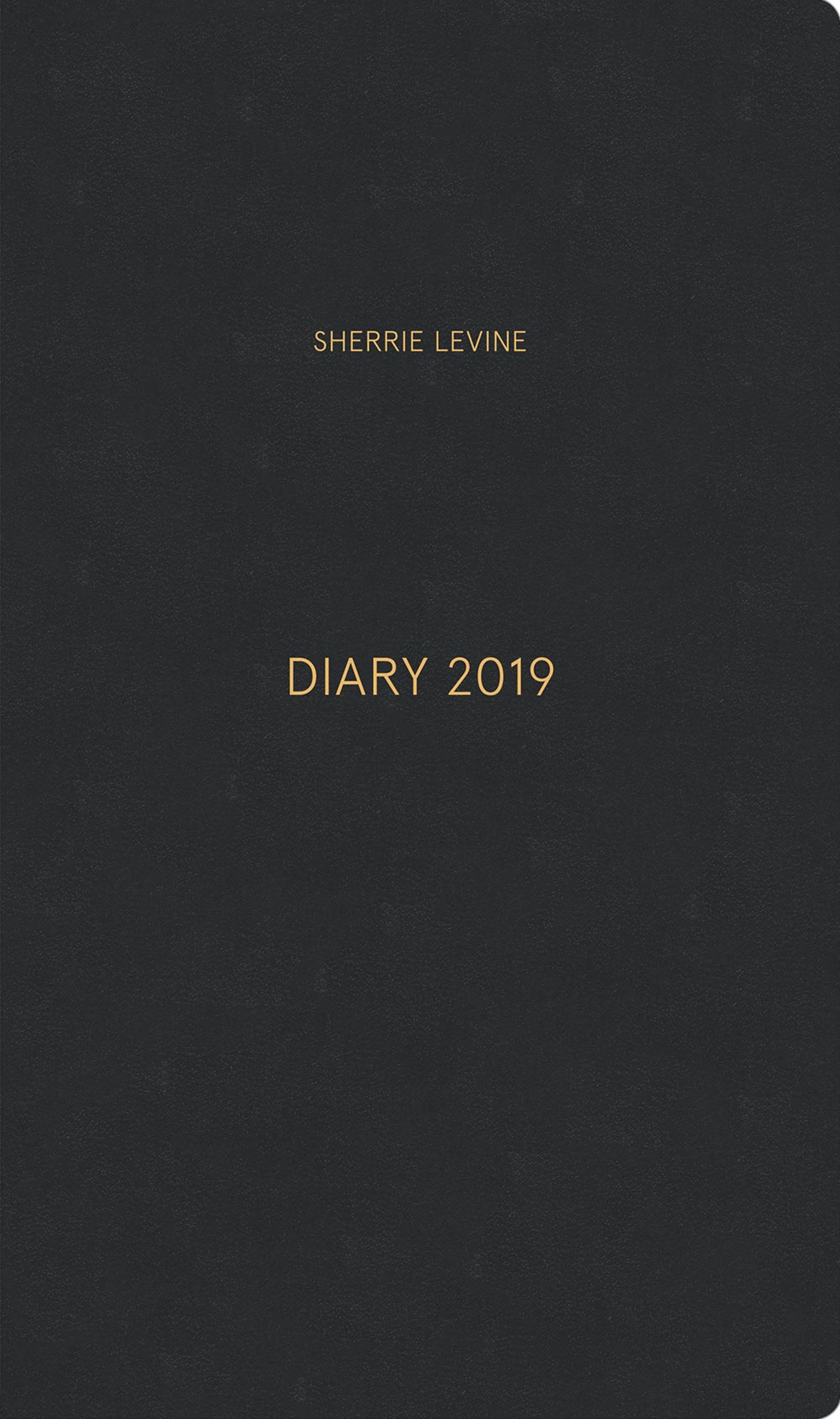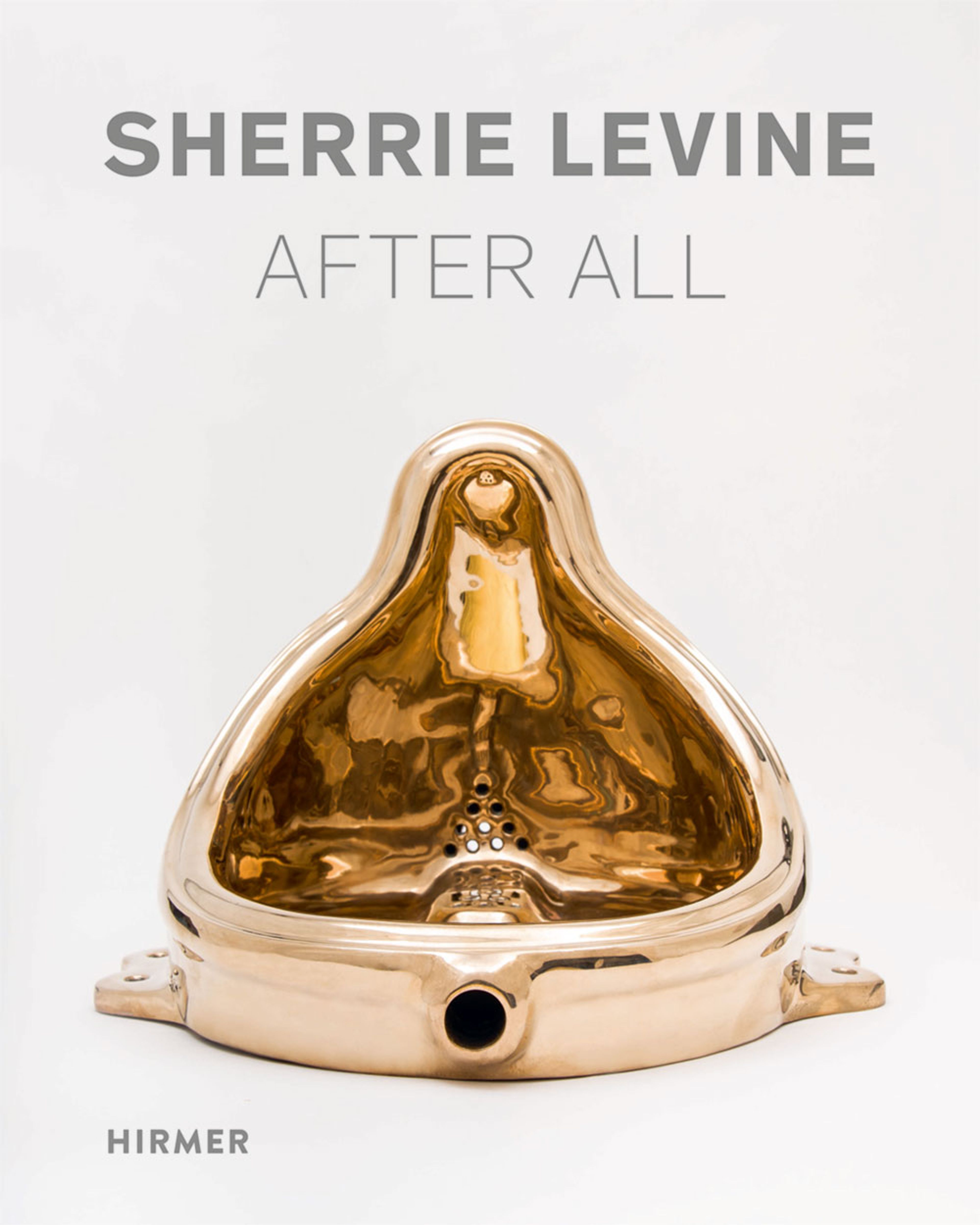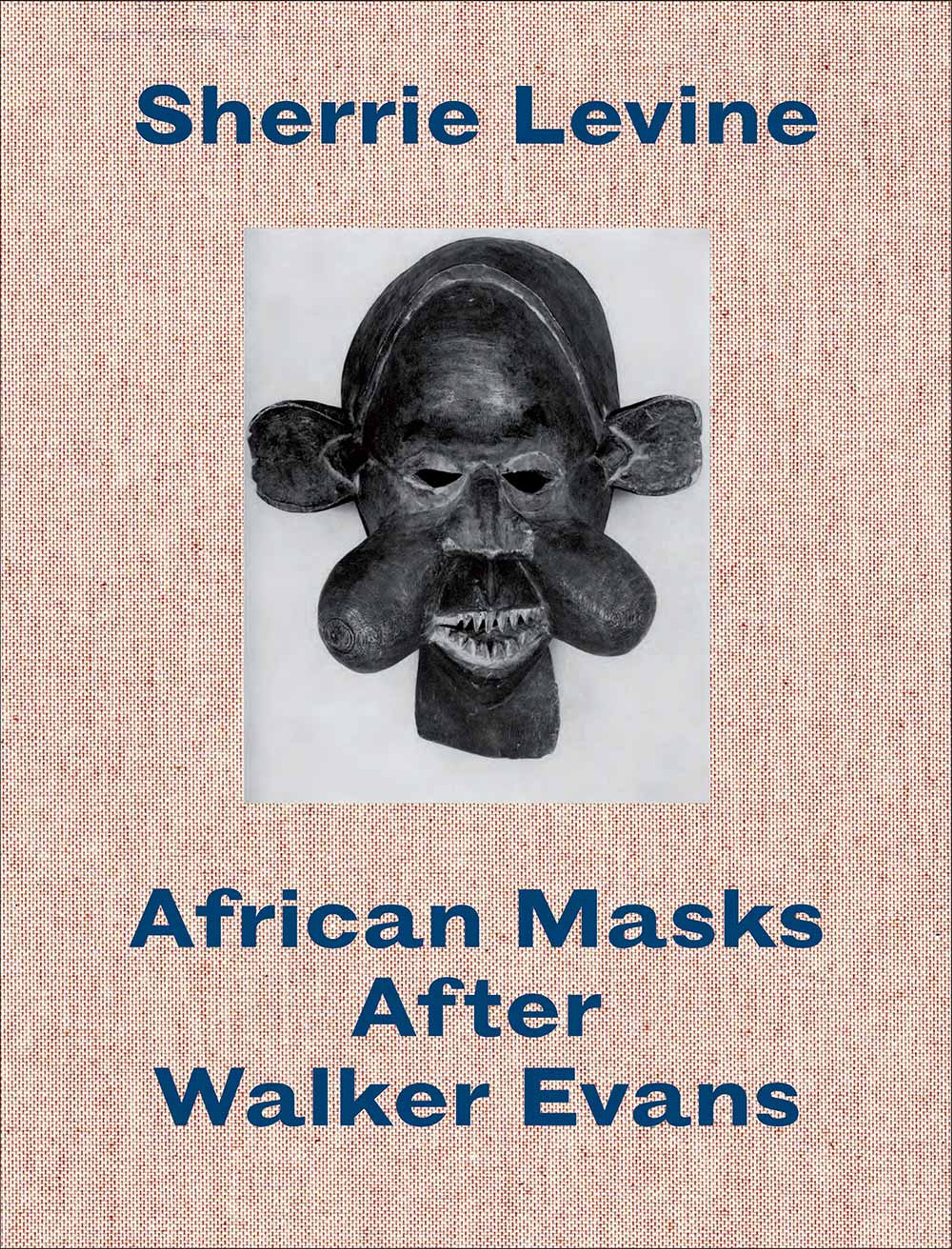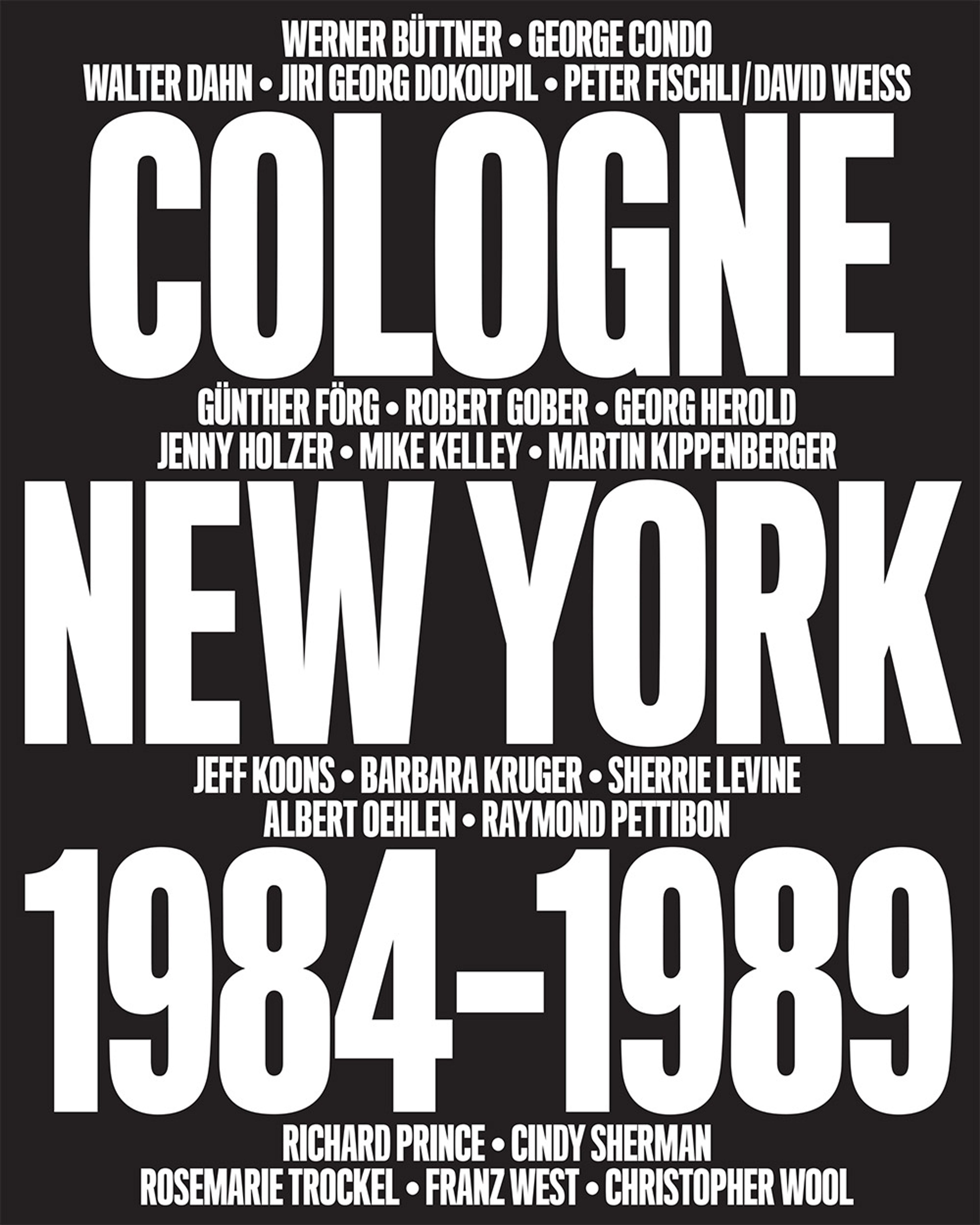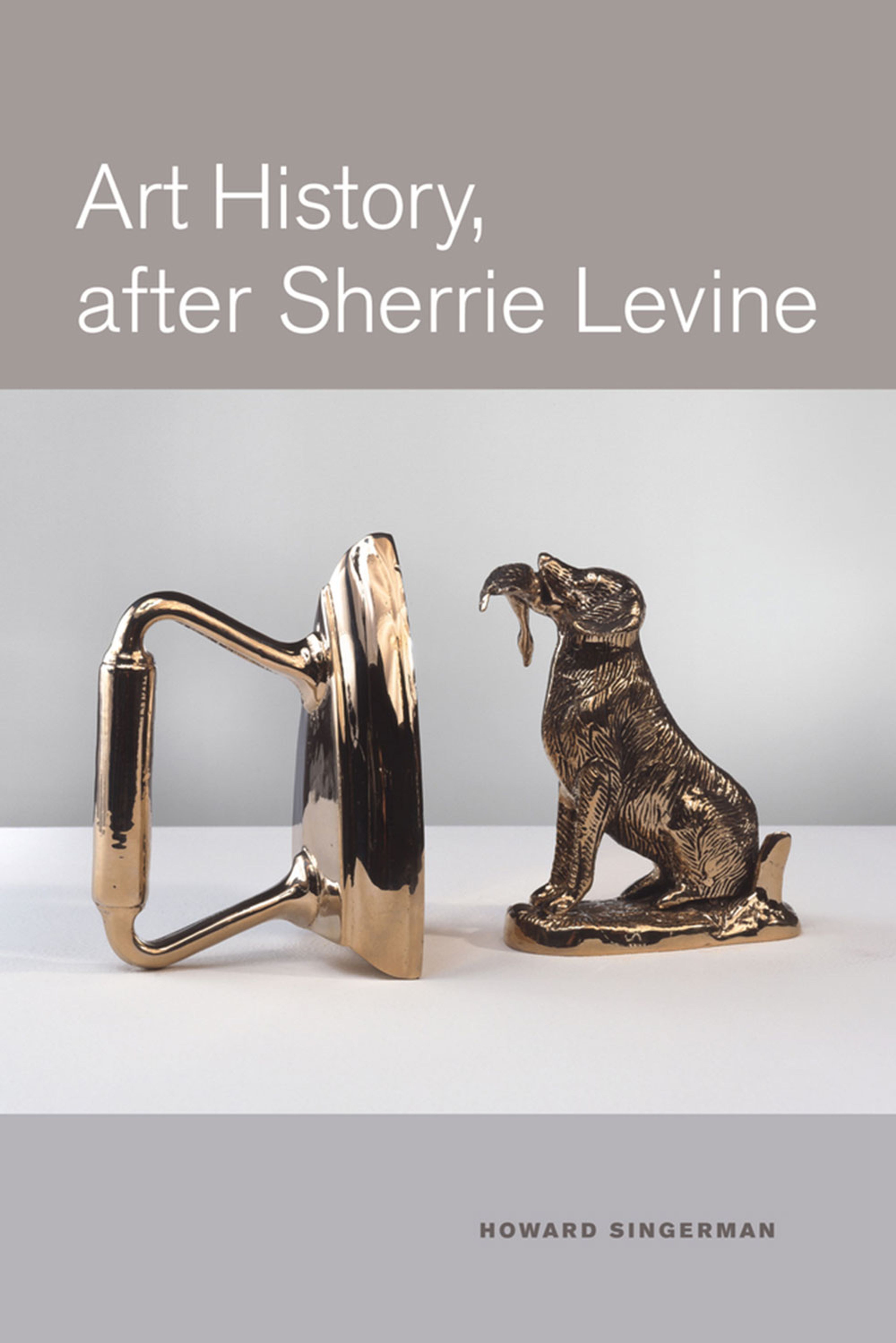Sherrie Levine
Sherrie Levine’s (b. 1947) work engages many of the core tenets of postmodern art, in particular challenging notions of originality, authenticity, and identity. Since she rose to prominence as a member of the Pictures Generation of artists in the late 1970s and 1980s, Levine has created a singular and complex body of work in a variety of media that often explicitly reproduces artworks and motifs from the Western art-historical canon as well as non-Western cultures.
Learn MoreSurvey

Find out more about Available Artworks
Exhibitions
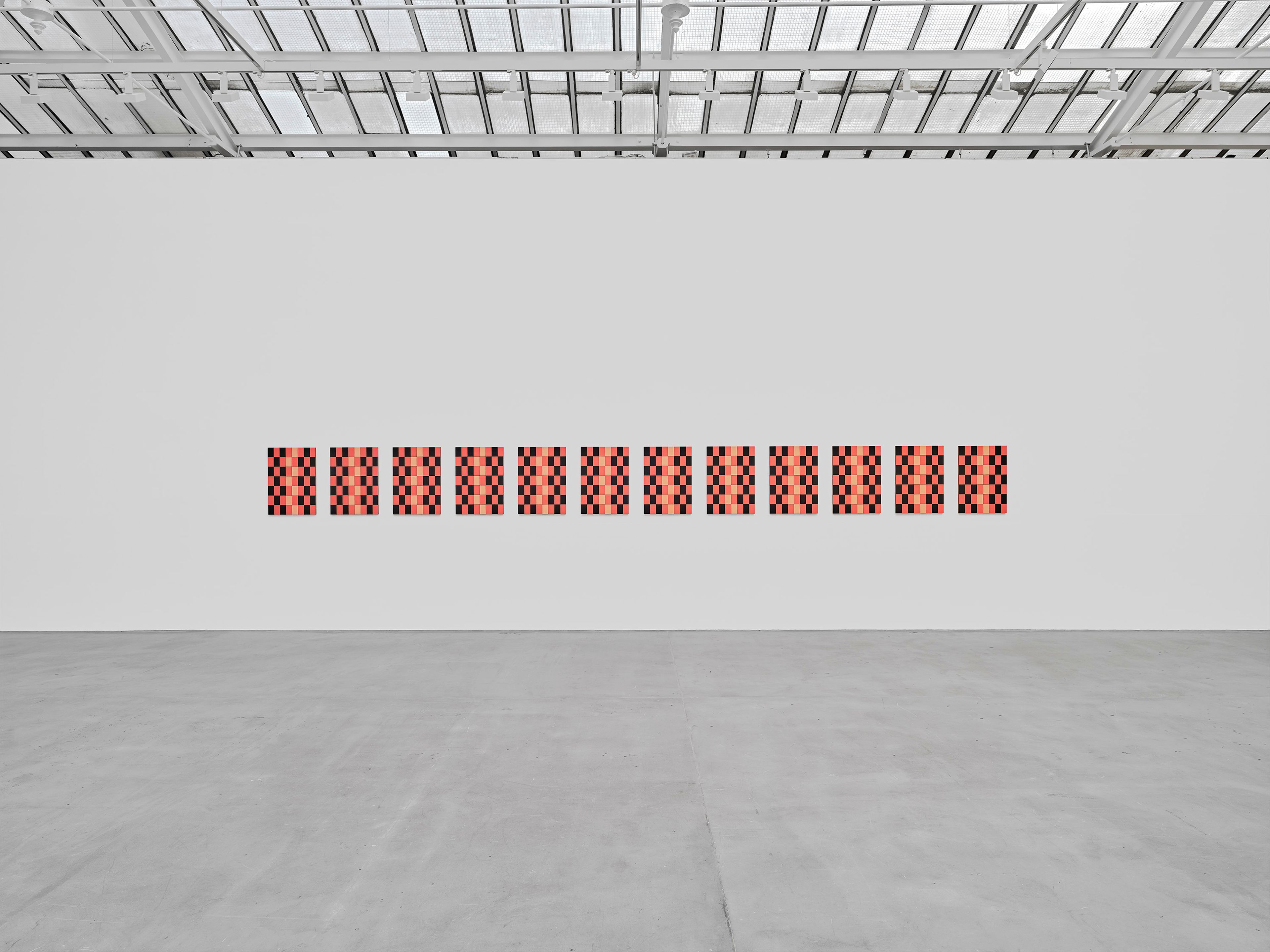
Explore Exhibitions
Artist News
Biography
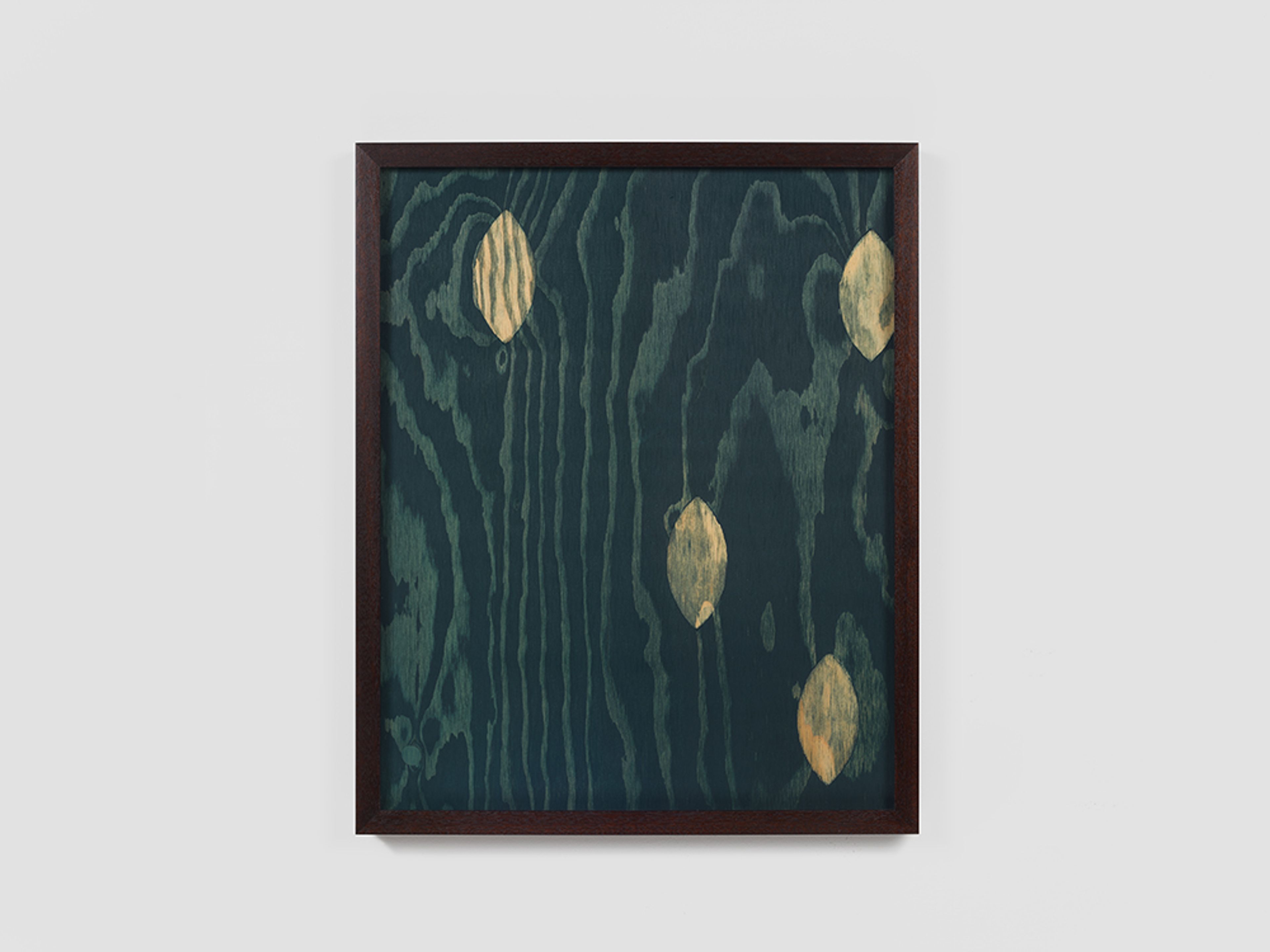
Sherrie Levine, Dark Blue Moonlight After Man Ray: 11, 2016
Sherrie Levine's (b. 1947) work engages many of the core tenets of postmodern art, in particular challenging notions of originality, authenticity, and identity. Levine rose to prominence as a member of the Pictures Generation, a group of artists based in New York in the late 1970s and 1980s whose work examined the structures of signification underlying mass-circulated images, and, in many cases, directly appropriated these images in order to imbue them with new, critically inflected meaning. Since then, Levine has created a singular and complex body of work in a variety of media that often explicitly reproduces artworks and motifs from the Western art-historical canon as well as non-Western cultures.
Born in Hazleton, Pennsylvania, Levine studied at the University of Wisconsin, Madison, where she received her M.F.A. in 1973. Early solo exhibitions were held at 3 Mercer Street, New York (1977); Hallwalls Contemporary Arts Center, Buffalo (1978); and The Kitchen, New York (1979).
Levine’s work has been the subject of solo presentations at prominent institutions worldwide. Sherrie Levine: 1977–1988, a solo exhibition devoted to the first eleven years of the artist’s practice, was on view at the Aspen Art Museum in 2025. In 2016, Sherrie Levine: After All was held at the Neues Museum, State Museum for Art and Design in Nuremberg, and in 2013, a solo exhibition was hosted by the Portland Art Museum, Oregon. The Whitney Museum of American Art, New York, presented SHERRIE LEVINE: MAYHEM, in 2011, a major exhibition of Levine’s work spanning three decades.
Other institutions that have hosted solo exhibitions of Levine’s work include Museum Haus Lange, Krefeld, Germany (2010); San Francisco Museum of Modern Art (2009 and 1991); and the Georgia O’Keeffe Museum, Santa Fe, New Mexico (2007). Other venues include Museum Morsbroich, Leverkusen, Germany (1998); Museum of Contemporary Art, Los Angeles; The Menil Collection, Houston (both 1995); Portikus, Frankfurt (1994); Philadelphia Museum of Art (1993); Kunsthalle Zürich (1991); High Museum of Art, Atlanta; Hirshhorn Museum and Sculpture Garden, Washington, DC (both 1988); and the Wadsworth Atheneum Museum of Art, Hartford, Connecticut (1987).
Levine’s work has been represented by David Zwirner since 2015. Her inaugural solo exhibition with the gallery was on view in New York the following year. In 2017, Sherrie Levine: Pie Town was presented at the gallery’s London location. Sherrie Levine: After Reinhardt, the artist’s third solo exhibition with David Zwirner, was on view in 2019 at the gallery’s East 69th Street location. In 2021, Sherrie Levine: Hong Kong Dominoes was presented at David Zwirner, Hong Kong. A solo presentation of the artist’s work was on view at David Zwirner, Paris, in the Spring of 2023. A concurrent presentation entitled Sherrie Levine: Wood was also on view at the gallery’s East 69th Street location in New York. Levine lives and works in New York.
Work by the artist is held in major international museum collections, including the Art Institute of Chicago; Centre Pompidou, Paris; Hirshhorn Museum and Sculpture Garden, Washington, DC; Institute of Contemporary Art, Boston; Louisiana Museum of Modern Art, Humlebæk, Denmark; Los Angeles County Museum of Art; The Metropolitan Museum of Art, New York; The Museum of Modern Art, New York; The National Museum of Art, Osaka; San Francisco Museum of Modern Art; Solomon R. Guggenheim Museum, New York; Tate, United Kingdom; and the Whitney Museum of American Art, New York.
Selected Press
Selected Titles

Request more information

